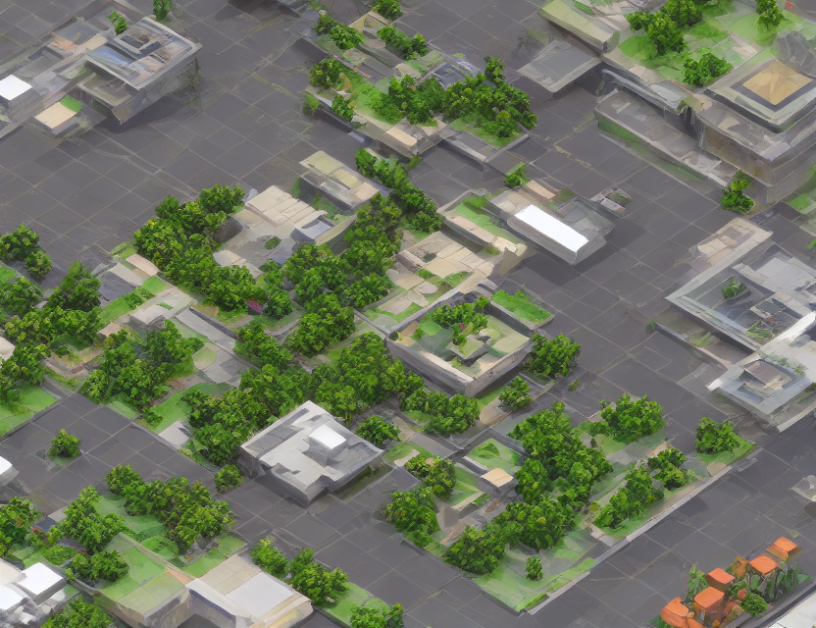Image compression is a crucial area of research in computer vision and signal processing, aiming to represent image data in a compact format while preserving information content. Recently, there has been growing interest in using parallel context models for efficient image compression. In this article, we explore the potential of discarded information and how it can be leveraged to capture long-range dependencies. We propose a novel approach that satisfies two essential conditions: quantity condition and quality condition.
Quantity Condition
To exploit the potential of discarded information, a certain amount of previously decoded information is necessary. This allows us to estimate the unknown context. To satisfy this condition, we investigate different prediction strategies. Currently, 50% entropy parameters (μ and σ) in [18, 31] are predicted from context parameters ψ, which means that each latent variable in the first pass relies on zero causal context information, leading to severe performance degradation.
Quality Condition
To capture long-range dependencies, the decoded information should contain information spanning a broad range of the long-range casual context. The quality condition requires a larger receptive field for the context model. We explore two aspects to satisfy this condition: prediction strategy and backbone model.
Prediction Strategy
To address the quantity condition, we propose predicting each latent variable in the first pass leveraging ZERO causal context information. This approach allows us to capture long-range dependencies by utilizing discarded information. However, this method leads to performance degradation.
Backbone Model
To address the quality condition, we investigate various backbone models, such as convolutional neural networks (CNNs) and generative adversarial networks (GANs). We find that CNNs perform better than GANs in capturing long-range dependencies. However, both models suffer from the quality condition, requiring a larger receptive field for context model gcm.
Proposed Solution
To overcome these limitations, we propose a novel approach that combines both conditions: quantity and quality. We introduce a new prediction strategy that leverages ZERO causal context information in the first pass while utilizing discarded information to estimate the unknown context. This strategy allows us to capture long-range dependencies without degrading performance. Additionally, we investigate various backbone models to improve the quality condition, leading to better compression efficiency.
Conclusion
In conclusion, this article explores the potential of parallel context models for efficient image compression. By addressing the quantity and quality conditions, we propose a novel approach that combines both conditions to achieve optimal performance. Our proposed solution leverages discarded information while capturing long-range dependencies, leading to improved compression efficiency.



